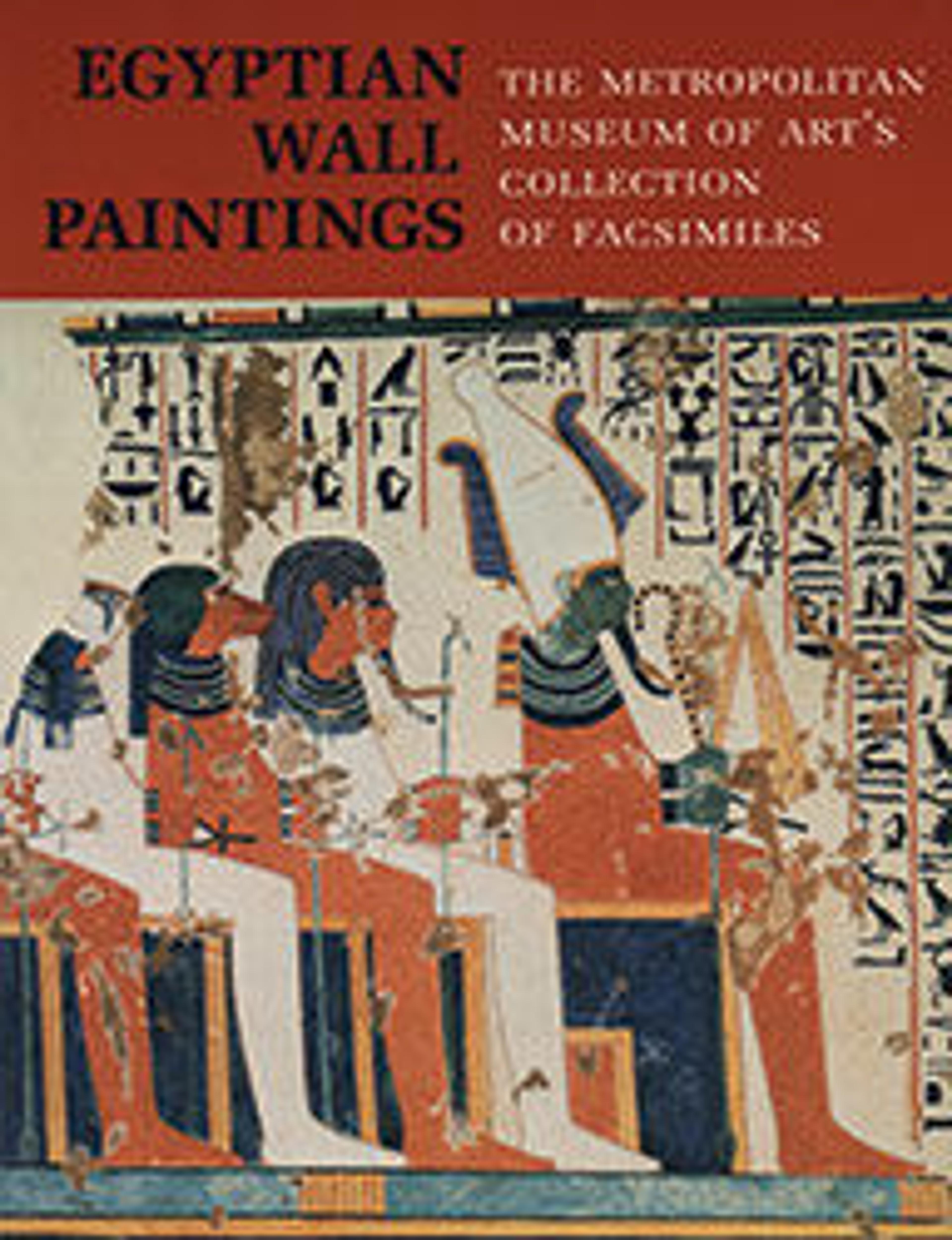Procession from the Temple of Amun
This facsimile painting depicts a scene from the New Year festival, which originally coincided with the beginning of the annual Nile flood. As part of this celebration, priests staged processions like this one. Here, one group of priests carries the golden vase of the god Amun. Its lid takes the shape of a ram’s head with an elaborate crown. At the bottom left, two other priests sing and clap the rhythm while another group follows and holds smaller ceremonial vases. The building with eight flag posts can be identified as the second pylon (entrance gate) of Karnak temple. During this festival the temple was cleaned, and since the procession moves to the left, the priests are probably on their way to the Nile to gather water.
Artwork Details
- Title:Procession from the Temple of Amun
- Artist:Charles K. Wilkinson
- Period:Twentieth Century; original New Kingdom
- Dynasty:Dynasty 19
- Reign:reign of Ramesses II
- Date:A.D. 1923–1924; original ca. 1279–1213 B.C.
- Geography:From Egypt, Upper Egypt, Thebes, MMA Graphic Section, 1923-1924; Original from Egypt, Upper Egypt, Thebes, Dra Abu el-Naga, Tomb of Panehsy (TT 16)
- Medium:Tempera on paper
- Dimensions:Facsimile: H. 67.5 × W. 192 cm (26 9/16 × 75 9/16 in.); scale 1:1; Framed: H. 70.8 × W. 196.2 cm (27 7/8 × 77 1/4 in.)
- Credit Line:Rogers Fund, 1930
- Object Number:30.4.6
- Curatorial Department: Egyptian Art
More Artwork
Research Resources
The Met provides unparalleled resources for research and welcomes an international community of students and scholars. The Met's Open Access API is where creators and researchers can connect to the The Met collection. Open Access data and public domain images are available for unrestricted commercial and noncommercial use without permission or fee.
To request images under copyright and other restrictions, please use this Image Request form.
Feedback
We continue to research and examine historical and cultural context for objects in The Met collection. If you have comments or questions about this object record, please contact us using the form below. The Museum looks forward to receiving your comments.
